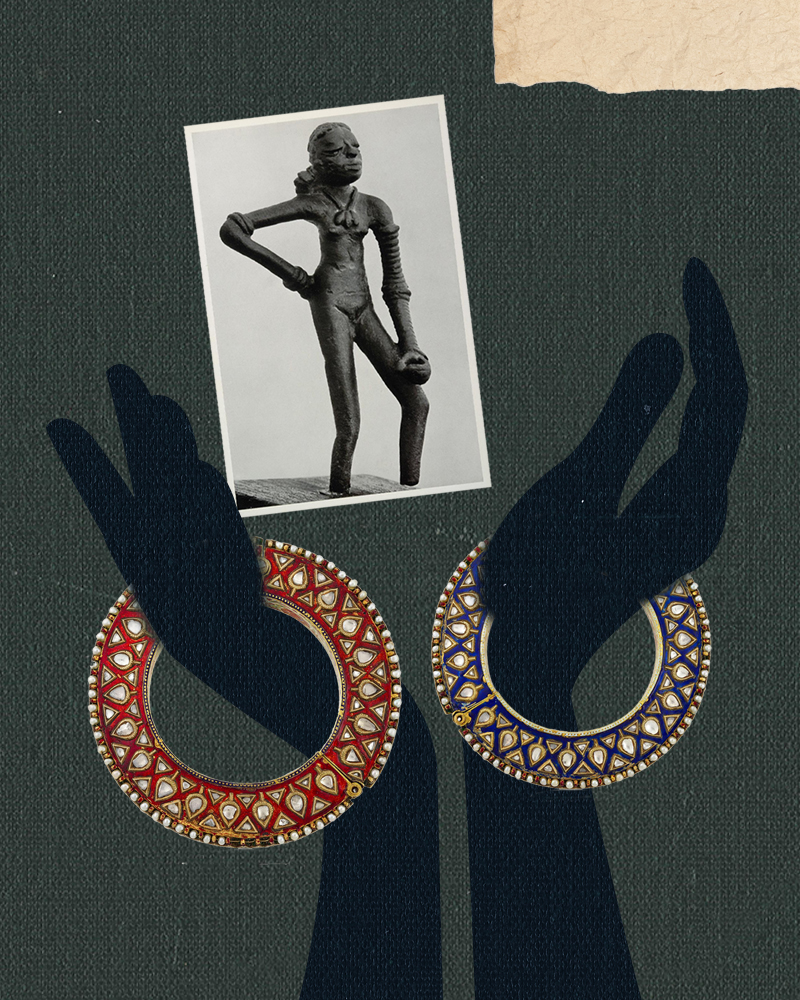Coronation Splendor: The History Behind King Charles’s Coronation Jewels
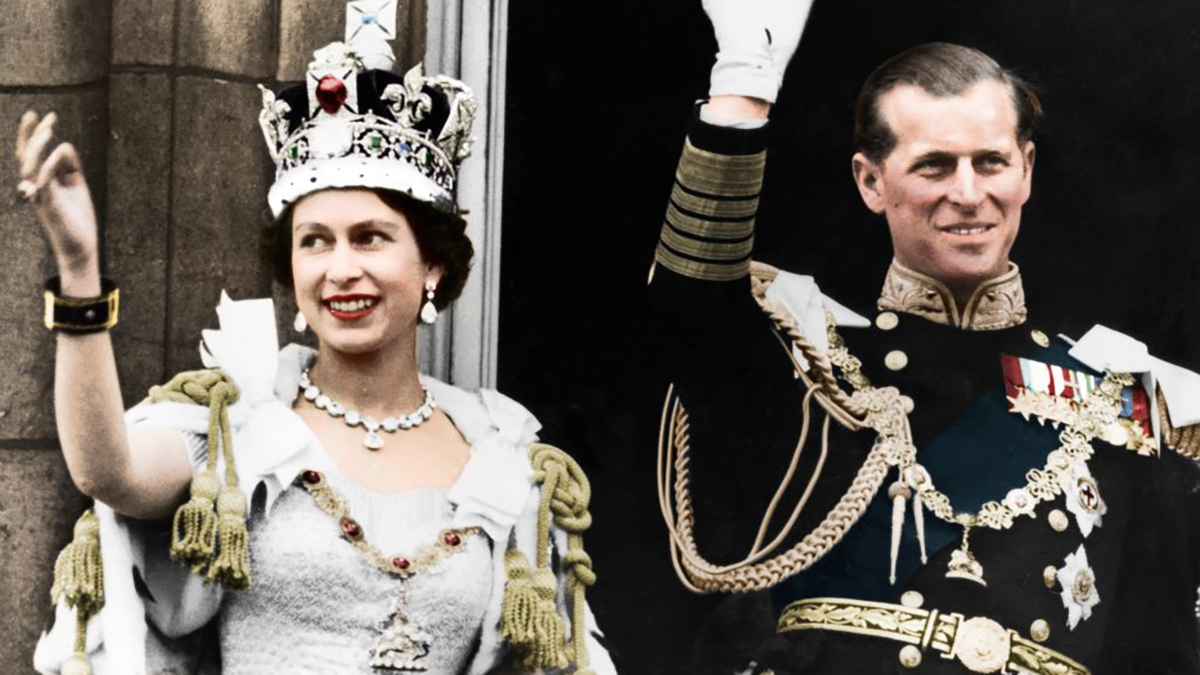
The Coronation of Queen Elizabeth II on Saturday 2nd June 1953 was often referred to as the greatest public spectacle of the twentieth century. The first-ever televised British coronation captured the attention of people across the world with its opulent but deeply religious pageant. Almost seven decades later, with the death of Her late Majesty in September of last year, it is now time for the coronation of her son and heir, King Charles III, and his consort Queen Camilla.
But how did this extraordinary ceremony, barely altered in over a millennium, come to be, where is it, what happens, and what is the regalia brimming with jewels about?
The concept of coronations, the anointing of a new monarch with Holy Oil, and presented with regalia and crowned, is known to have been well established by the 7th century; and since 1066, and that of William the Conqueror, all coronations have taken place in London’s Westminster Abbey. Indeed on May 6th 2023, Charles will become the fortieth monarch to be crowned in this fabulous and historical abbey.
The coronation will follow the same pattern as it did all those centuries ago. There are very clear instructions, laid down in a beautifully decorated 1382 manuscript called The Liber Regalis (Royal Book). This magnificent medieval tome, kept since its creation in Westminster Abbey, indicates instructions in Latin, with detailed colorful illustrations for the coronation of a monarch.
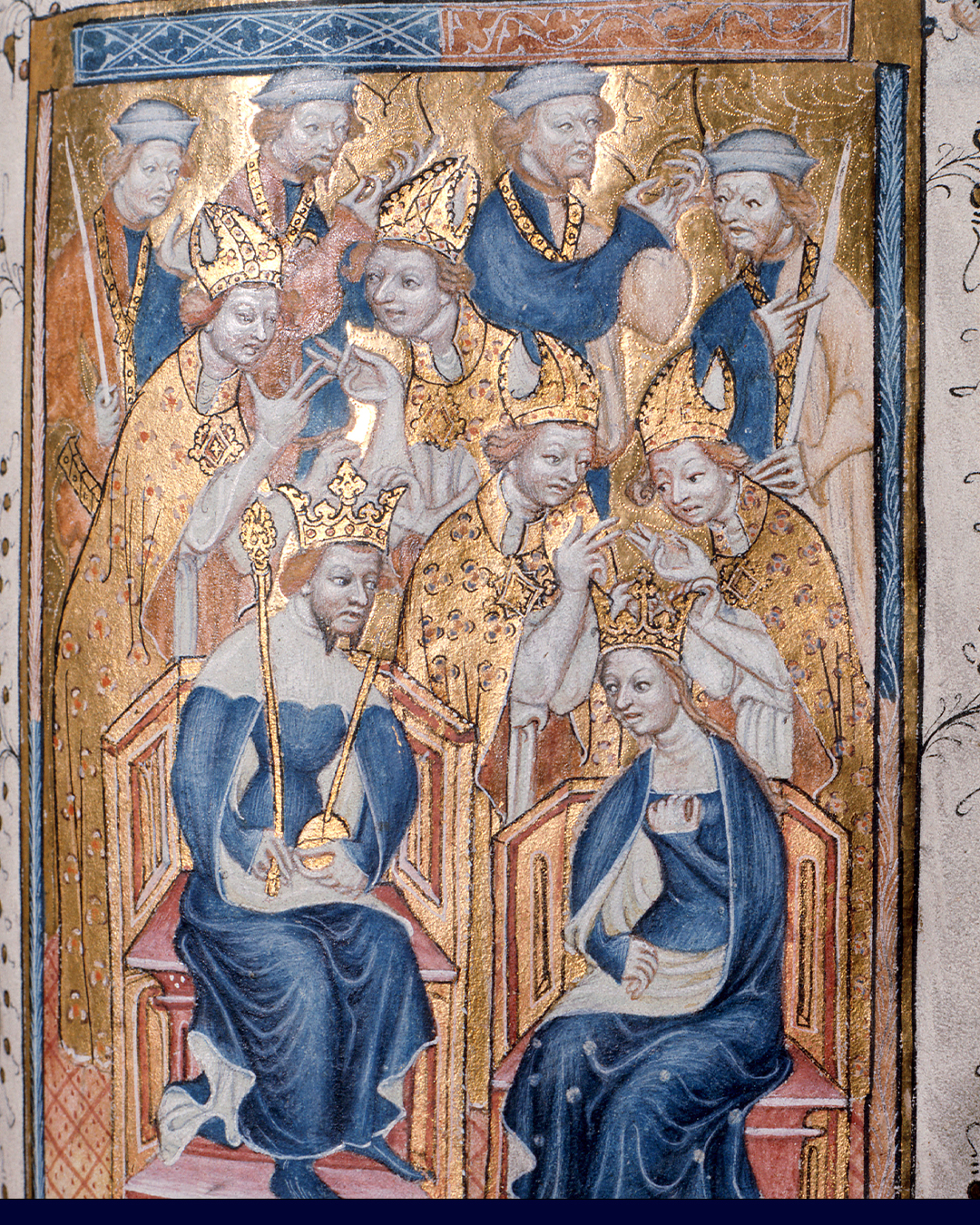
Charles III will modernize certain parts of the ceremony to be more relevant to the 21st century. However, as decreed in the Royal Book – we can expect the all-important Crown Jewels and Regalia overflowing with natural diamonds. So let’s learn about what happens during the coronation.
During the eve of the coronation, the Regalia will be brought from the Tower of London to Westminster Abbey and kept overnight in the Jerusalem Chamber, guarded by Yeoman Warders and ready for the following day’s proceedings.
At 11am on Saturday 6th May, the King will enter Westminster Abbey, with Queen Camilla, after they have been driven from Buckingham Palace in the Gold State Coach.
The first part of the service is known as The Recognition and The Oath when the King is presented to the people and makes promises to them and to God. Following the oath, he will sit in the Coronation Chair, which faces the High Altar, for the third and most religious part of the service, The Anointing.
Wearing a simple white sleeveless linen garment, symbolizing purity before God, the Holy Oil, will be poured from the Ampulla into the Coronation Spoon (see both below) and with two fingers, the Archbishop of Canterbury will daub the King’s head, chest and hands with the oil.
After this is The Investiture when the monarch, dressed in robes of gold cloth, receives the Sovereign’s Orb; the Sovereign’s Sceptre with Cross and the Sovereign’s Sceptre with Dove (for all, see below); and the Sovereign’s Ring. Finally, the Sword of State is put on the altar and the monarch is crowned with the incomparable St Edward’s Crown (see below), which he only wears for a matter of a minute, before changing back into the robe of State and putting on the Imperial State Crown.
The last part of the ceremony is The Enthronement and The Homage when his son, the Prince of Wales, will kneel in front of Charles III, place his hands on his knees, swear allegiance, touch the Imperial State Crown and kiss his right hand.
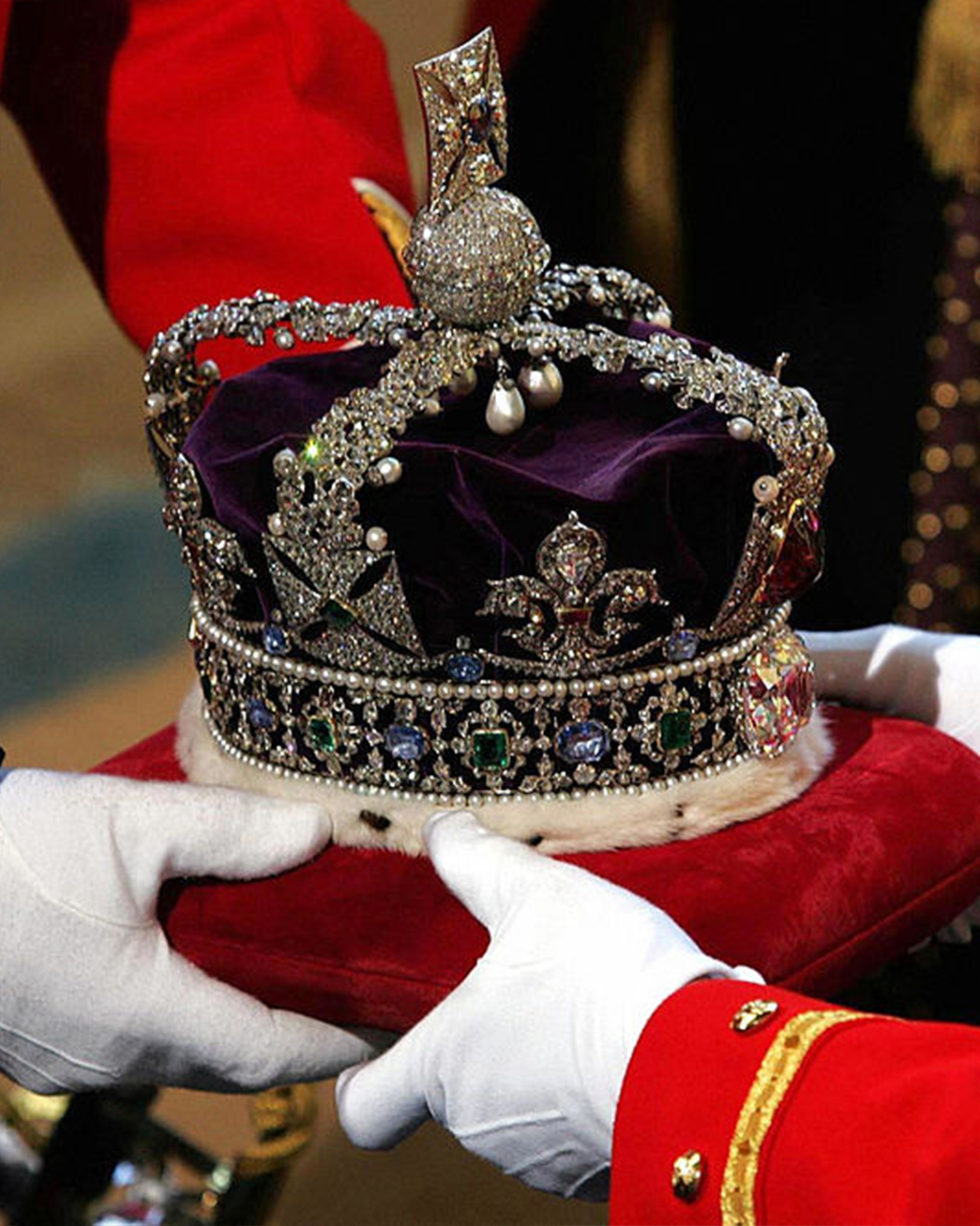
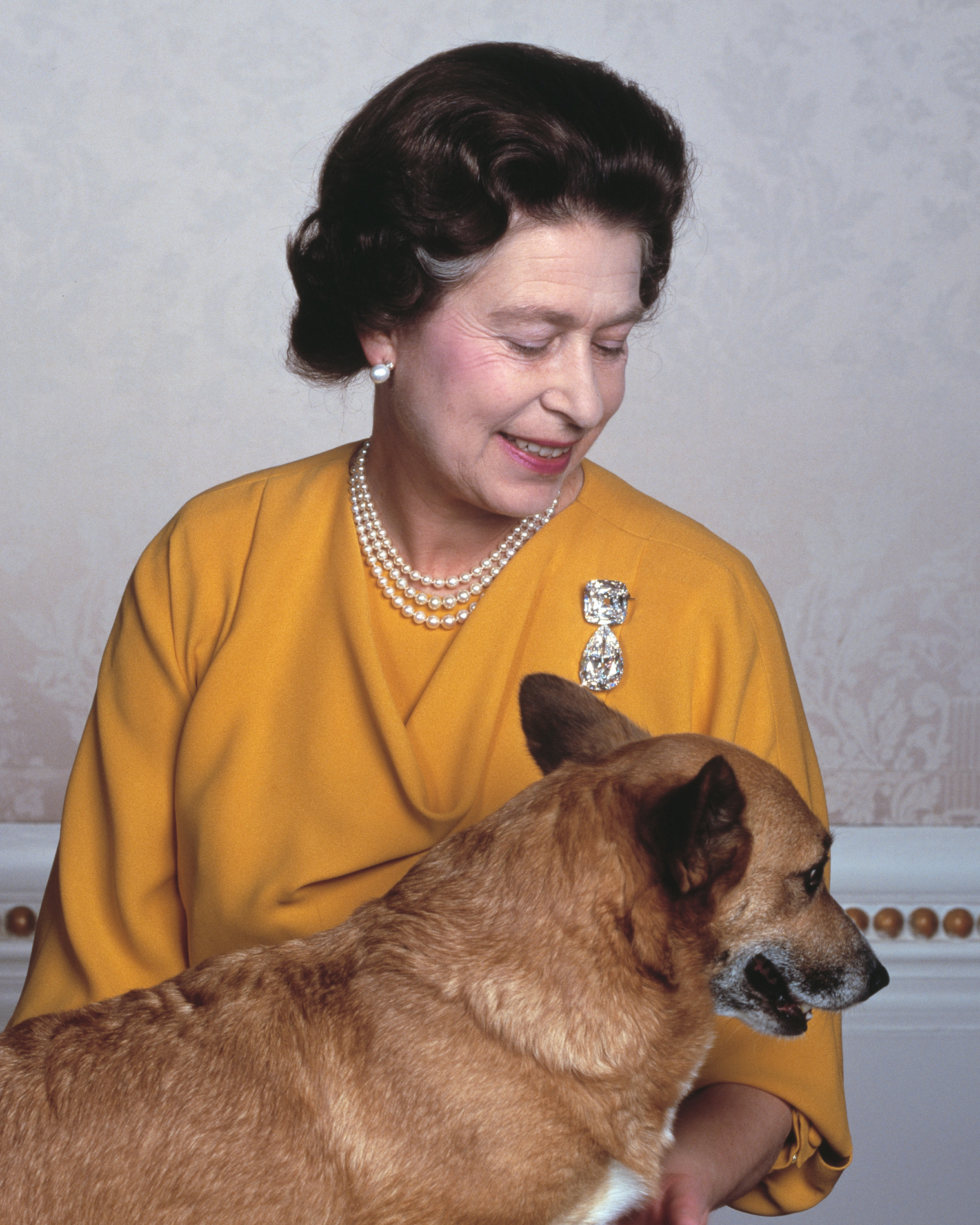
Alongside her husband, the Queen Consort will be crowned with Queen Mary’s Crown, chosen from the Royal Collection’s Queen Consort Crowns. The infamous Koh-i-Noor that has been at the center of the crown has been removed and replaced with Cullinans 3 and 4 in honor of Her late Majesty who so often wore them as a brooch, known as Granny’s Chips; Cullinan V will also be set in the 1910 Crown Queen Camilla will also have items of regalia such as sceptres and a ring.
The King and Queen will then leave the Abbey, wearing their crowns, and proceed back to the Palace, followed by the rest of the Royal Family.
Coronation Items
The St Edward’s Crown is the most sacred item of the Royal Regalia and is named after the penultimate Anglo-Saxon king, Edward the Confessor. It will only be on the regent’s head for mere moments during the coronation.
On his deathbed in 1066, King Edward asked the monks of Westminster Abbey that they keep his crown, and other royal ornaments, in perpetuity for all future monarchs. A century later he was canonized, and his regalia declared holy relics. The crown eventually became known as St Edward’s Crown.
In 1649, when King Charles I was executed and the monarchy abolished, St Edward’s Crown and the rest of the Royal Regalia were either broken up and sold or melted down.
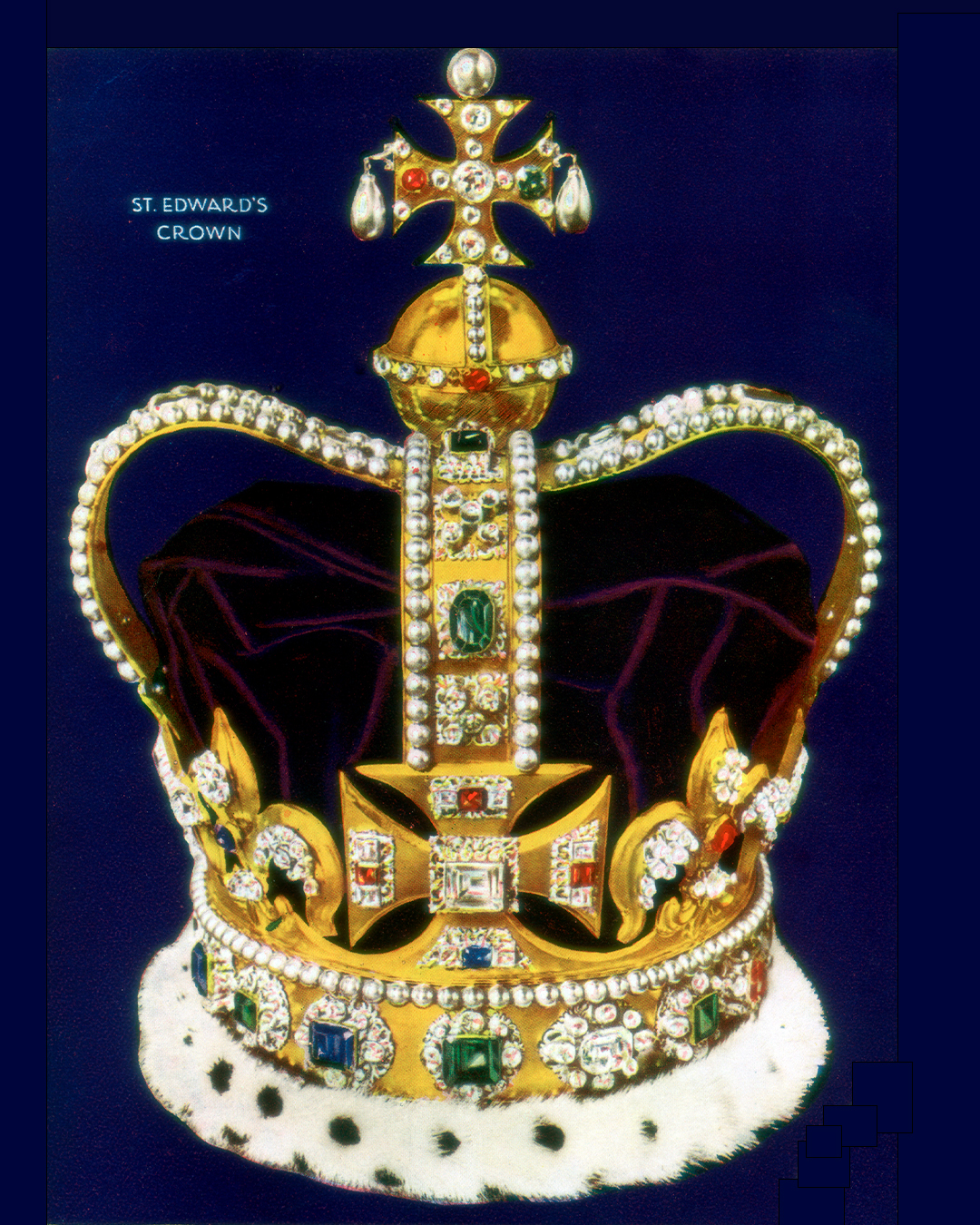
Eleven years later, Charles I’s exiled son—Charles II—became king, and he deemed that the majesty of monarchy needed to be celebrated in a flamboyant way; new coronation regalia was needed. The cost to purchase precious stones was too much, so they were instead hired and set in the gold framework, said to incorporate gold from the original.
For over two centuries, the St Edward’s Crown would sit on Westminster Abbey’s high altar during the ceremony; it was deemed far too heavy to wear, weighing in at 2.6kg. It was only used again to crown the King’s great-grandfather, George V in 1911; thankfully, reduced in size and weight – however, the jewels were still hired.
For the subsequent coronation in 1937, George VI, the King’s grandfather, bought the 444 gemstones, and the indomitable diamonds, rubies, amethysts, sapphires, garnets, topazes, and tourmalines, are still there today.
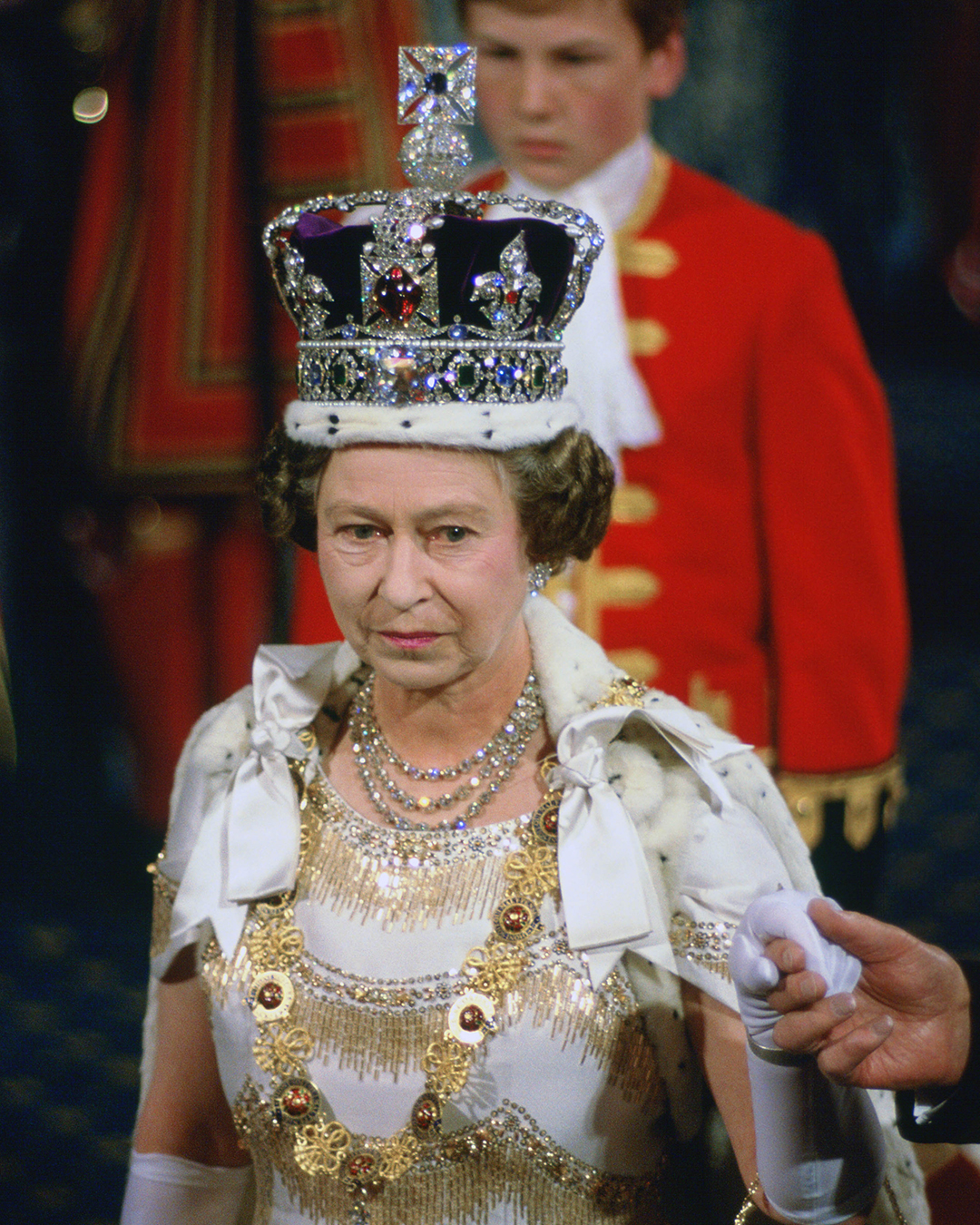
The Imperial State Crown, which is in more frequent use, was created for the coronation of George VI in 1937 by Garrard and is probably the most significant gem set piece of regalia in the world. This is thanks to more than a handful of historically weighty gemstones.
So with 2868 diamonds, 17 sapphires, 11 emeralds, and 269 pearls, it’s not surprising that several are steeped in as much legend as St Edward’s Crown
Out of the 2868 diamonds, one is of particular importance with a story we know is absolutely not a legend. The enormous cushion-shaped diamond, at the front of the band, is the Cullinan II, it was given to Edward VII two years after being discovered in Thomas Cullinan’s Premier mine in South Africa in 1905. It is still the largest and most spectacular diamond ever found. It was given to the British monarch after the Boer War and from it were cut nine large diamonds – the two largest are set in the Sovereign’s sceptre (see below) and, the Imperial State Crown.
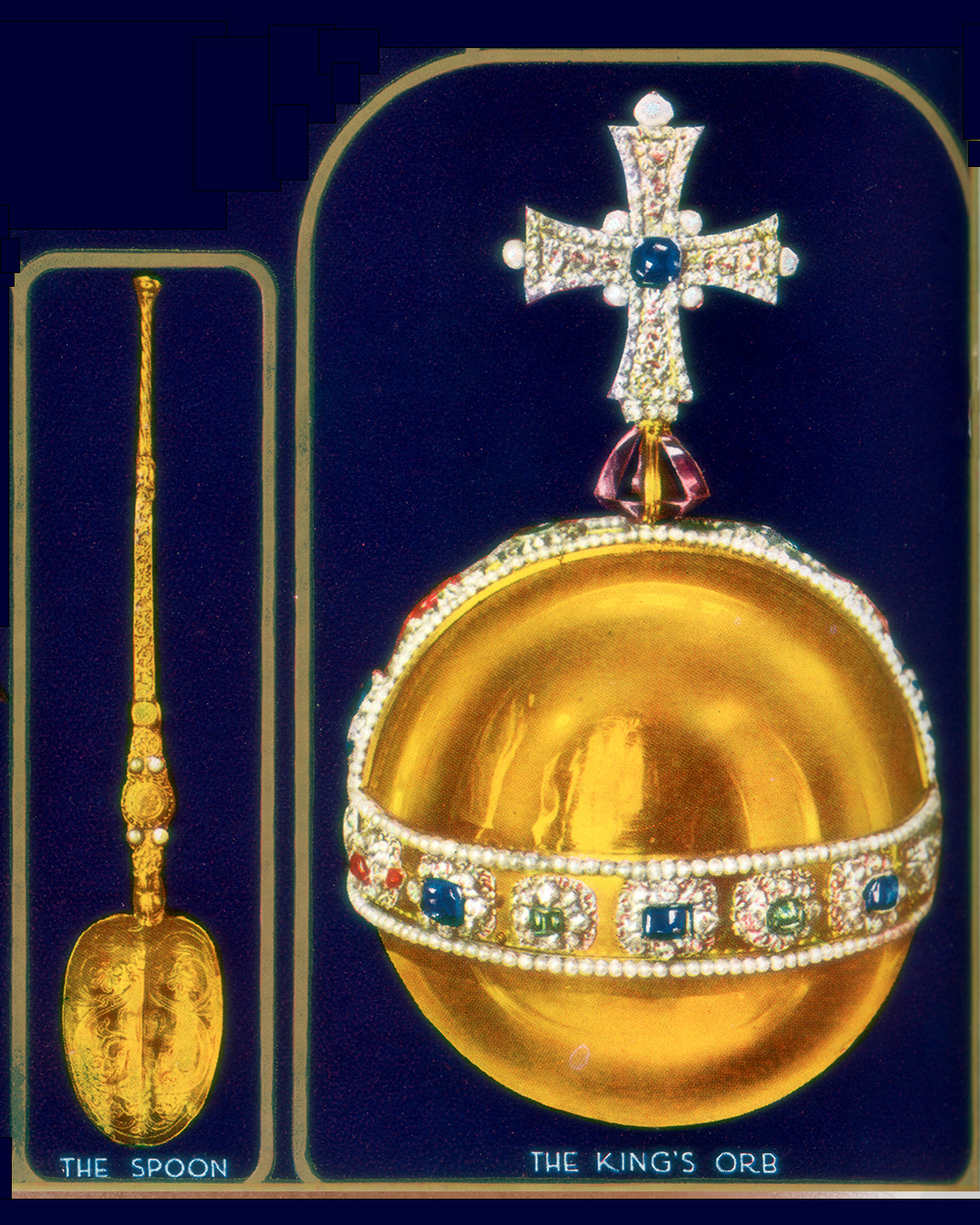
The Coronation Spoon is the only remaining item of the original medieval regalia, it was described as antique even in 1349 when first recorded as part of St Edward’s Regalia at the Abbey. Like St Edward’s Crown, this is probably one of the most important religious items of the regalia – as it is used for anointing the sovereign with holy oil, poured from the Ampulla (see below) onto the spoon. This is the most solemn and deeply religious part of the ceremony.
The Sovereign’s Orb—again made for Charles II in 1661, this integral piece of regalia symbolizes the Christian world. The glorious golden globe is surmounted with a ‘monde’ created as an amethyst and cut in an octagonal step-cut above which stands a cross, set with rose-cut diamonds, an emerald on one side, and a sapphire at the center on the reverse, and bordered with lines of pearls. Bands, set with rubies, sapphires, emeralds, and pearls, divide the surface of the sphere into three – which is supposed to be the three continents that were known at the time of its original creation. In total this piece of regalia, placed on the high altar at the moment of crowning, is set with 365 rose-cut diamonds to represent each day of the year.
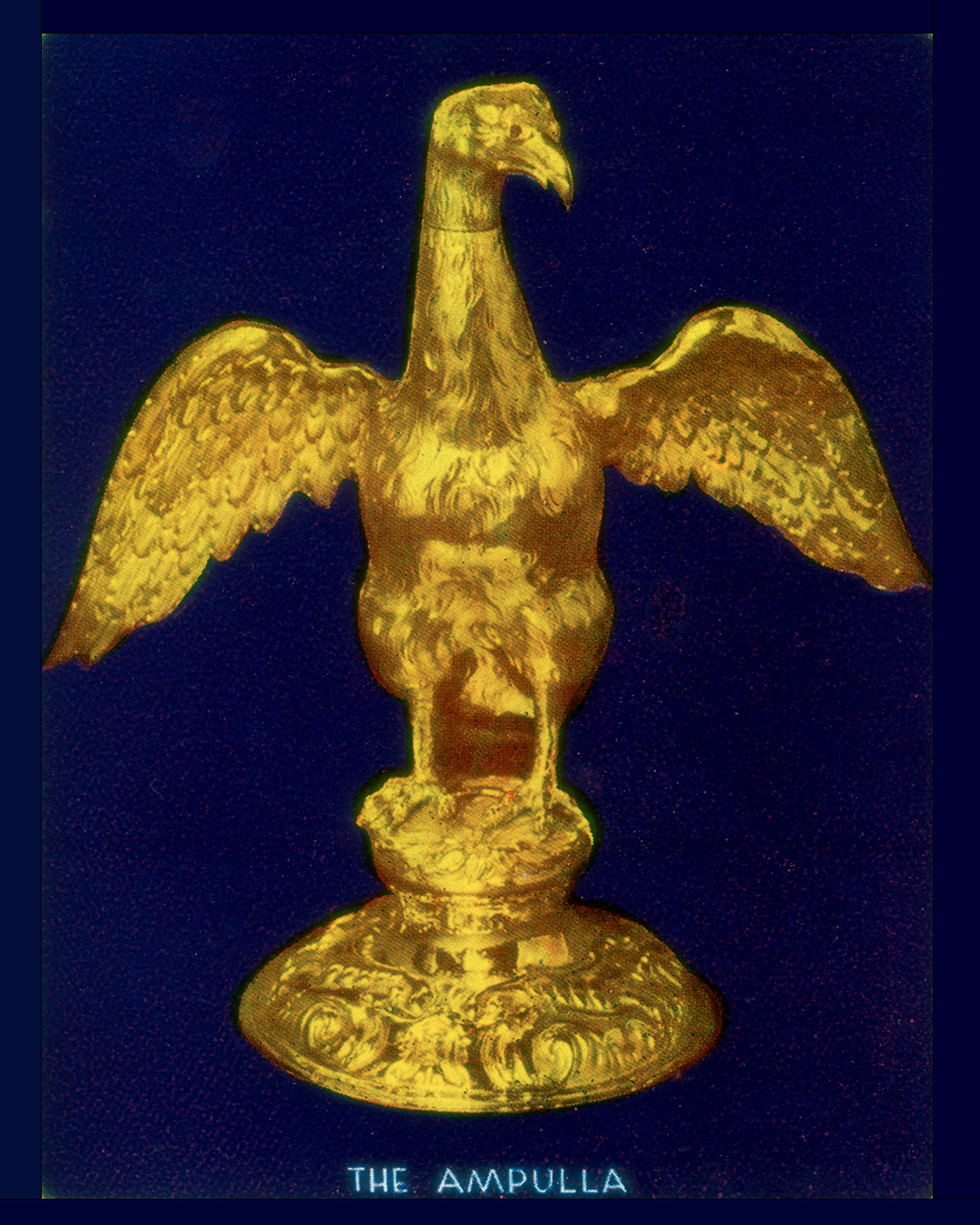
The Ampulla, from the Latin for ‘spherical flask’, holds the holy oil, as described above. This magnificent item of the regalia is in the form of a glorious golden eagle standing as though about to take flight; beautifully depicted feathers fan out along fully spanned wings of the bird, who stands proudly on a circular podium of foliage, sculpted in gold.
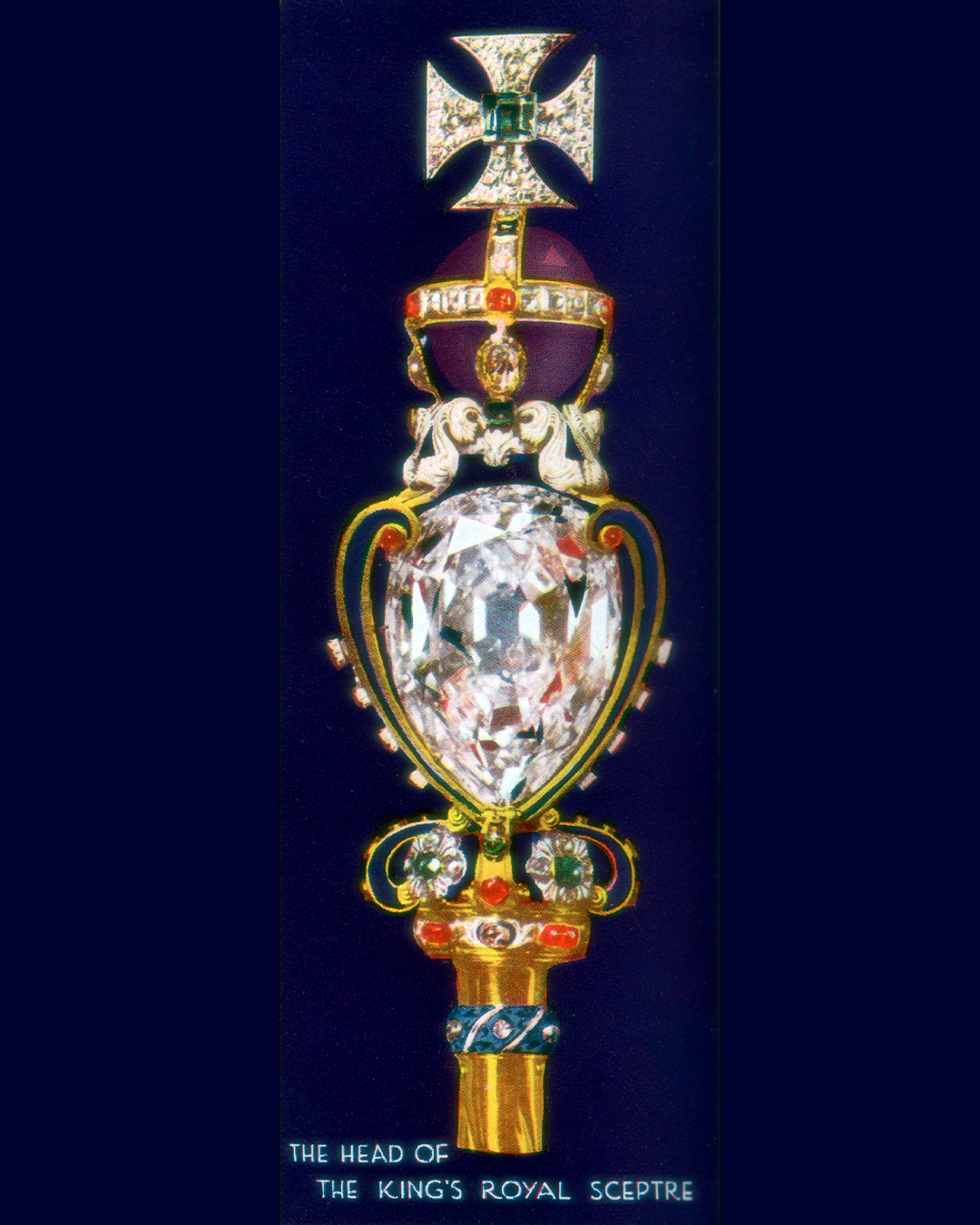
The Sovereign’s Sceptre with Cross is a symbol of authority and, as its name explains eponymously, sovereignty. Like most of the regalia, the sceptre was originally made for Charles II in 1661 and consists of a gold rod created in three sections with enameled collars at each intersection. Over the centuries it underwent many alterations, most significantly in 1910 by the Crown Jewellers, Garrard, so as to receive the Great Star of Africa, aka Cullinan I (the largest diamond cut from the largest diamond ever found). The heart-shaped structure that securely holds this 530.2-carat flawless diamond was hinged because, according to Caroline de Guitaut, the Deputy Surveyor of the Royal Collection: “Queen Mary, with great foresight and obviously a great lover of jewels made very, very sure that both Cullinans I and 2 could be detached from the sceptre and state crown, so that she could wear them together as a brooch – yes together, 1000 carats of diamonds!”.
Above the Cullinan’s casing are enamelled brackets set with step-cut emeralds, holding a faceted amethyst ‘monde’ (sphere) with table and rose-cut diamonds, rubies, spinels and emeralds set in gold around the amethyst sphere; and then above that is the cross set with more diamonds, an emerald on the back and large table-cut diamond on the front. The base of the gold rod is also beautifully decorated with further enamel work and set with 99 rose-cut diamonds, sapphires, rubies, and emeralds.
The Jewelled Sword of Offering, an oft-forgotten item of the regalia, is in fact one of its most beautiful. It was created for and under instruction by George IV in 1821.
As we learned above, the Sword of Offering is given to the monarch, during his Investiture – alongside the Orb and Sceptre.
The blade of the sword is decorated in blue and gilt steel with the emblems of the British Isles – roses, thistles, and shamrocks. The crosspiece of the handle is gold and set densely with diamonds, with a rectangular cut emerald on one side and an octagonal cut emerald on the reverse, lion motifs, with ruby set eyes, are at either end of the crosspiece. The grip is set with diamonds in the form of sprays of oak leaves, with emeralds depicting acorns, the pommel is set with diamonds, rubies, and an emerald.
The sword’s scabbard (case) is made from leather, covered with gold sheet and lined with red silk velvet. It is superbly decorated on either side with roses, thistles, and shamrocks in diamonds, rubies, and emeralds, the top of the scabbard is mounted with blue and yellow sapphires and a ruby amongst glittering diamonds, whilst the bottom (the chape) in set with further diamond oak-leaf sprays and emerald acorns and an opulent large turquoise oval cabochon on each side.
